First weeks of my project "A house for the Un-known"
I will develop the coming months my project “ a house for the un-known”,
in Rio de Janeiro within the Despina residency program and in the city where I live, Amsterdam (within the residency context of CBK Zuidoost). Within this project I am interested to observe and comment on the social inequalities within the urban systems of housing, urban planning and design. How do people get excluded or included? and why?
During my residencies I will observe the urban situation in both places, the organisation of housing and definition of the use of space.
To develop my current project I will interview people who are positively or negatively affected by this situation of urban inequality and I will develop sculptural work that thematically challenges this situation in some way. In this sculptural work I aim to work with local (found) materials in combination with my own constructions.
I also aim to invite local people to contribute to the sculptural process. For this I will facilitate some workshops where we will sculpt objects as statements about the situation. The workshops will be a moment for sharing and collective reflection, and for the materialisation of thoughts that come out of discussion. We will do this by using materials that are relevant to the context, and that are related to everyone’s story.
This project is financially supported by the Mondriaan Fund and Stichting Stokroos. I am very thankful for their support!!
Previous work in Amsterdam that inspired this project:
As a resident in the Bijlmer- Amsterdam, I felt a certain discomfort with the impact of the urban plan in the daily life of local dwellers. Urban planning of the Bijlmer was not deliberately designed to facilitate social gathering and community building outside the buildings. The use of the space and how this is experienced between diverse groups was a starting point for this work.
I decided to imagine how daily life could have been if the Mochica’s and Chimu’s from pre-colombian Peru would have conquered this territory in their times, and had influence on the urban planning in the Bijlmer. The Mochica and Chimu placed the spiritual, intellectual and creative centres in the middle of a city, as the most important in hierarchy. In fact it were the priests the ones in power, and the ones living in palaces surrounded by protection walls. These palaces were constructed by scientists and decorated by artists. These palaces were surrounded by smaller houses of not elite citizens; who had agriculture, fishing and handicrafts as there livelihood. They were living in communities.
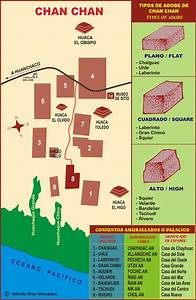

The focus of my work relies on possible and imaginable bilateral influences between two urban planning cultures, the Dutch and the Pre-Colombian civilisations from Northern Peru. Specially because the architecture of the Bijlmer shows some similarities with the geometrical designs of the Pre Colombian cultures. I connected them not only aesthetically but also trying to generate a dialogue in relation to the priority each society places on spirituality and the arts, as central for human development. In the Bijlmer Amsterdam, it is the individual family nucleus, the center of society. But it feels that the urban plan tried to encourage an individualistic kind of life with this, where the family has to manage life by itself and not within a community.

My recent developed installation, called "Dreams of a Common Future", where centers of creativity and art, inspired in the residency house of BijlmAIR, become the center of a city maquette




Reflections about Rio
During my first weeks of artistic residency in this city, I have been observing the city’s organisation of spaces and ongoing construction. it feels to me, as if it would have kept some of the territorial construction that Fazendas (huge farm systems) had in colonial times. Somehow this smaller model is replicated at large scale in the whole city of Rio. In fazendas monocultures of sugar cane and coffee where produced, specially for export. The owners, rich families, where living here; in the same terrein as the poor workers, mostly slaves.
The housing system of a fazenda was composed by a main house, called the big house or “casa grande”, with a small church (included in the big house). The houses where not extremely decorated, but they had a palace kind of presence. There was a senzala, which was very austere and poor housing for the slaves, where they could sleep on the ground. There were also some rooms for the white workers, storage space, many barns and yards.
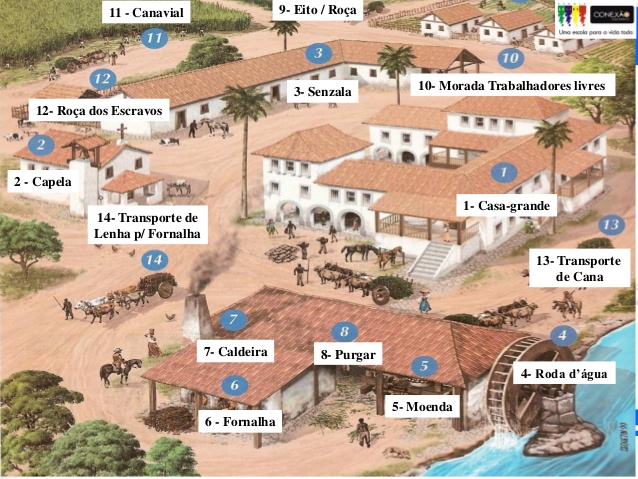
In the actual situation of Rio, favelas and luxury neighbourhoods can be very close to each other. Like Vidigal, a big favela and Ipanema, a luxury neighbourhood of the Ipanema beach. The Sheraton in the landscape becomes now the new "Casa Grande". Both sides are in a constant relationship with each other, because the ones living in the favela communities can potentially get a job in nearby luxury areas, where capital flows are taking place. Like in hotels, houses of rich people, restaurants, as street vendors, etc.
In both cases, the favela and now the city, we can observe that the use of the space was about exploting the resources of the place. In favela times it was sugar cane, now it is the landscape and many services, primal resources for tourism. In both cases there is a good for consumption, with a system of patrons and low or no wage workers. In both cases there is tension because of power abuse. The poorer individuals have to adapt themselves to the laws of the city or of the favela, the laws are made by the richer individuals.
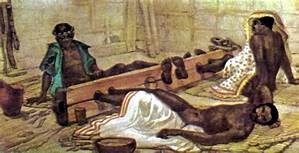
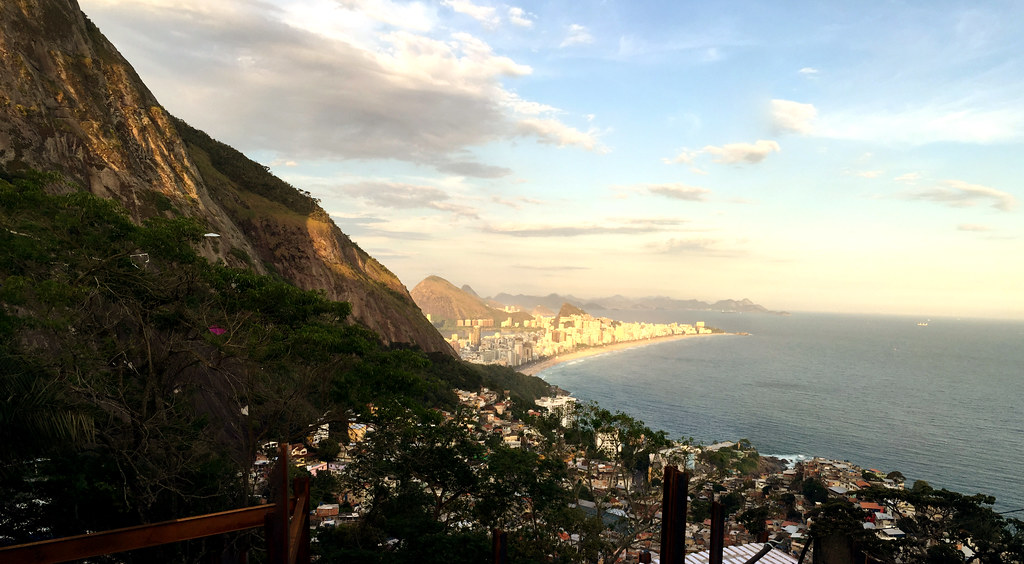
It seems that tension is a force that constructed Brazil. Is something we can see everywhere, even on the walls, how some plants try to explore out of them.
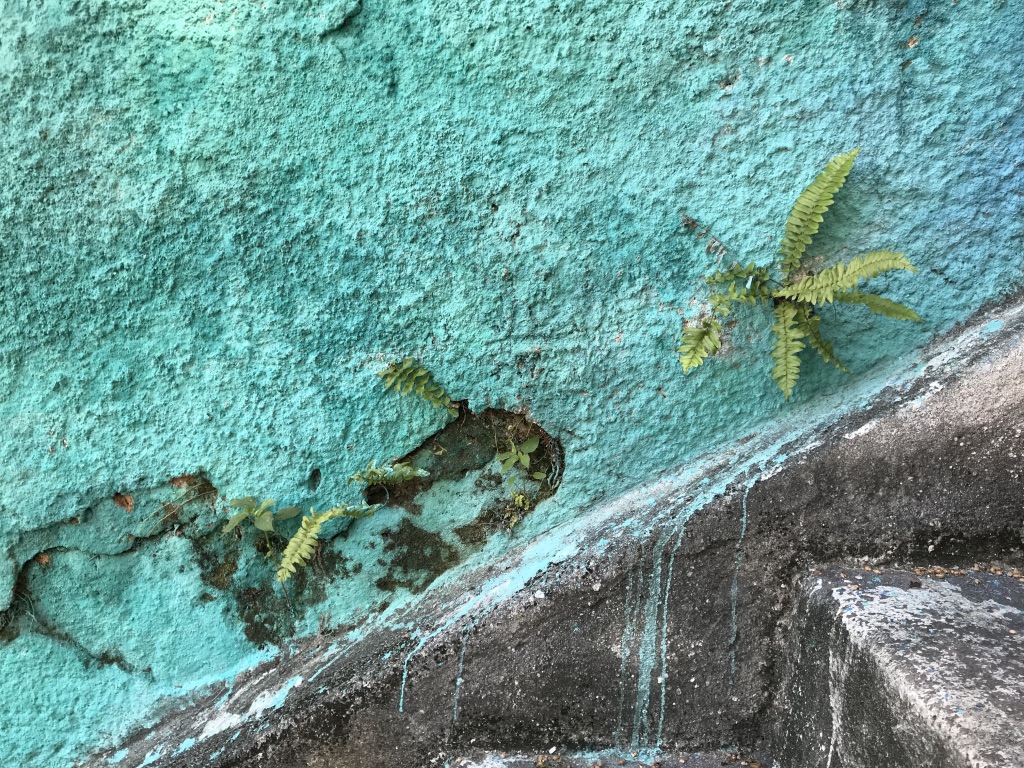
Colonization of space is done by all groups. Some of the groups are historically more equipped to colonise spaces, because of their position within the world power relations.
In the case of Ipanema, this neighbourhood has also an interesting story. As it was before a place where poor people where living. With the growth of the economical powerful population, Ipanema became a desirable place to live. So settlements of poor people had to be further displaced, to give place to the richer population. This is a dynamic that has been constantly used to construct Rio.
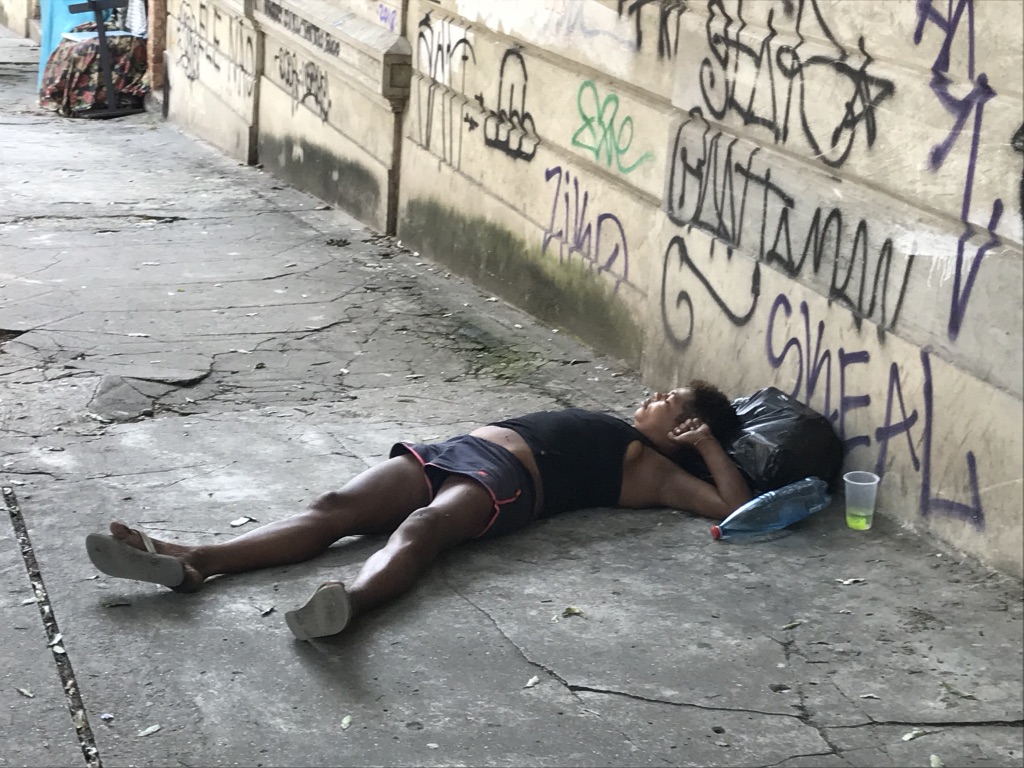
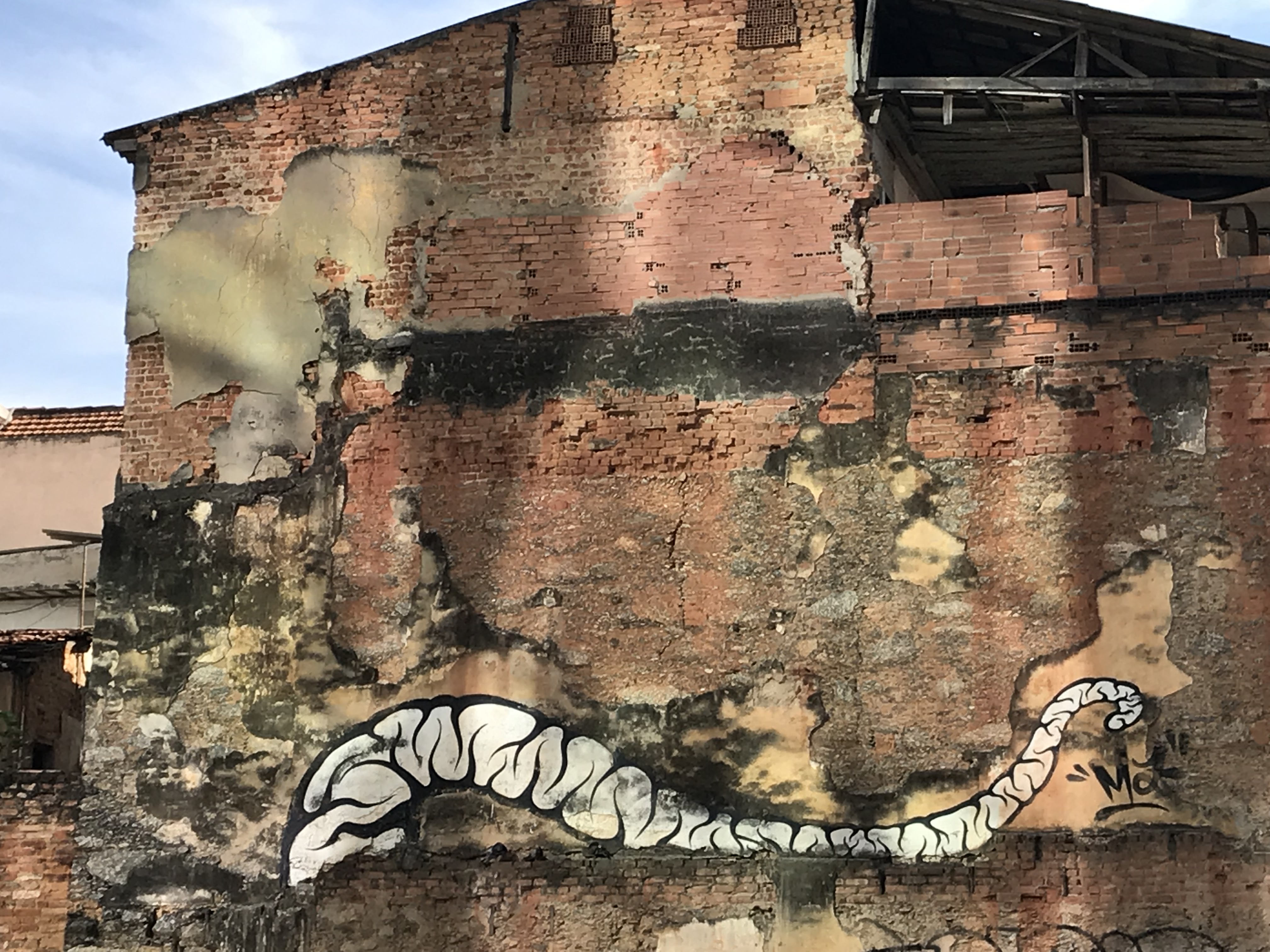
Plants, vegetation, people, are in a constant struggle to survive, live, dans, and eat.